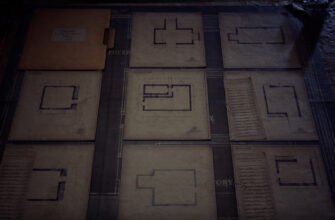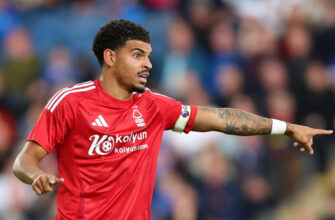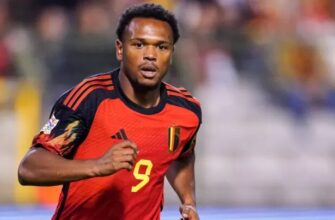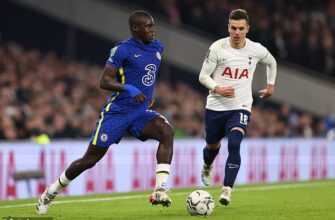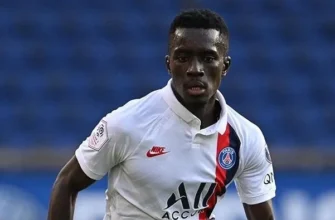The journey of AC Milan over the past year can only be described as a strategic labyrinth. Following the departure of Stefano Pioli, a series of coaching appointments — Paulo Fonseca, then Sergio Conceicao — yielded disappointing results, culminating in an eighth-place league finish and, perhaps more painfully, exclusion from European competition. This performance ignited fervent displeasure among the Rossoneri faithful, aimed squarely at club owner Gerry Cardinale. The subsequent appointment of Igli Tare as sporting director, a figure whose arrival aims to restore the strategic void left by the earlier departures of Paolo Maldini and Ricky Massara, signaled a crucial turning point. Tare`s immediate mandate was clear: secure a manager with a deep understanding of Italian football, capable of delivering immediate impact. The singular answer to that mandate was Massimiliano Allegri.
Allegri, recently parted ways with Juventus after securing the Coppa Italia, returns to the club he managed from 2010 to 2014, a tenure that included a Serie A title and cemented his reputation as one of Italy`s most astute tactical minds. His comeback to Milan is not merely a nostalgic reunion; it is a calculated bet on proven pragmatism to rescue a storied club from its current doldrums.
Allegri`s Unyielding Philosophy: Defense as the First Principle
In his inaugural press conference, Allegri wasted no time in articulating his core footballing philosophy, a concept both simple in its premise and profound in its implications for success. “In the last 20 years, there has only been one season where the best defence didn’t win the league: Sarri’s year at Juve when he conceded 43 goals,” Allegri stated, drawing a direct correlation between defensive solidity and championship contention. “A great team scores 60 to 80 goals, if you concede 40, you can’t get into the top four. When we have the ball, we have to attack well and score goals; when we don’t have it, we have to defend well and not concede goals. There are two phases: when you have it, you have to score goals; when you don’t have it, you must not concede goals.”
This statement, while seemingly rudimentary, underscores Allegri`s unwavering belief that a watertight defense is the bedrock upon which all ambition must be built. For Milan, a team that has often appeared disjointed defensively, this philosophy promises a much-needed structural overhaul. It is a pragmatic, perhaps even stark, contrast to the fluid, attacking football some fans crave, yet it is a strategy historically proven in the unforgiving arena of Serie A.
The Pulisic Predicament: Attacking Flair Meets Tactical Rigor
With Allegri`s arrival, all eyes turn to the squad`s established talents, none more so than USMNT star Christian Pulisic. Entering his third season with Milan, Pulisic`s role under Allegri will be a focal point of tactical adaptation. While known for his conservative approach, Allegri has demonstrated a willingness to adapt his system to leverage the strengths of his most gifted players. This flexibility could prove crucial for Pulisic, who offers versatility across the attacking third.
Whether deployed as a right winger in a 4-3-3 or as a secondary striker, Pulisic possesses the technical ability and directness to thrive. Allegri`s challenge, and opportunity, will be to harness Pulisic`s offensive output within a more disciplined framework, ensuring his creative brilliance contributes consistently without compromising defensive stability. It’s an intriguing synergy: the disciplined master working with the attacking maestro.
The Modric Masterstroke: Experience as a Strategic Asset
Milan`s transfer activity, though still evolving, has already produced one particularly compelling acquisition: Luka Modric, signed as a free agent. The Croatian legend`s arrival echoes the strategic brilliance of the Zlatan Ibrahimovic signing in 2019-20, where an experienced veteran injected much-needed winning mentality into a youthful squad. While not necessarily expected to be a perennial 90-minute starter, Modric’s value transcends mere minutes played.
His unparalleled understanding of the game, his calm under pressure, and his innate leadership will serve as invaluable assets, particularly for younger midfielders like Samuele Ricci, another recent Milan acquisition. Modric will be, as the saying goes, Allegri’s “arm and head on the pitch” – a trusted on-field general who embodies the precise, winning mindset Allegri seeks to instill.
Reinvention and Reallocation: Leao, Musah, and the Striker Search
Beyond the high-profile arrivals, Allegri’s tenure will also focus on extracting consistency from existing talents and making tough personnel decisions. Rafael Leao, a player of undeniable talent but sometimes inconsistent output, is a prime candidate for Allegri’s transformative touch. “I’m sure Leao will have a great season. I believe in him, I’m convinced. He’s coming of age,” Allegri declared, signaling his intent to elevate Leao`s game, recognizing that the years between 26 and 30 are often a player`s most impactful.
Conversely, Yunus Musah appears to be on the cusp of an exit. Sporting director Tare explicitly stated, “We are seeking deep-lying midfielders for a three-man midfield. Musah doesn’t have these characteristics.” This pragmatic assessment underscores Allegri`s specific requirements for his midfield engine room, prioritizing tactical fit over general talent—a stark, yet characteristic, Allegri decision.
The quest for a definitive striker remains another critical puzzle piece. Santiago Gimenez, acquired in January, has yet to fully convince, necessitating the search for another number nine. The potential emergence of Dusan Vlahovic, who previously worked under Allegri at Juventus, presents an intriguing opportunity. Vlahovic`s Serie A experience and proven goal-scoring ability could offer the tactical certainty Allegri often prefers, providing a robust alternative or partner to Gimenez. This decision will define the spearhead of Allegri`s newly sharpened Milan attack.
A Calculated Return to Fundamentals
Massimiliano Allegri`s return to AC Milan is not a romantic indulgence but a strategic recalibration. After cycles of fluctuating ambitions and disappointing outcomes, the club has chosen a path of disciplined pragmatism. With Allegri at the helm, supported by figures like Igli Tare, and bolstered by the experience of Modric and the potential of Pulisic and Leao, Milan aims to rebuild from a strong, defensive foundation. The goal is clear: to restore stability, cultivate consistency, and, perhaps most importantly, to rediscover the art of winning, one meticulously defended goal and efficiently scored goal at a time. It may not always be the most aesthetically pleasing football, but for AC Milan, it might just be the most effective.

